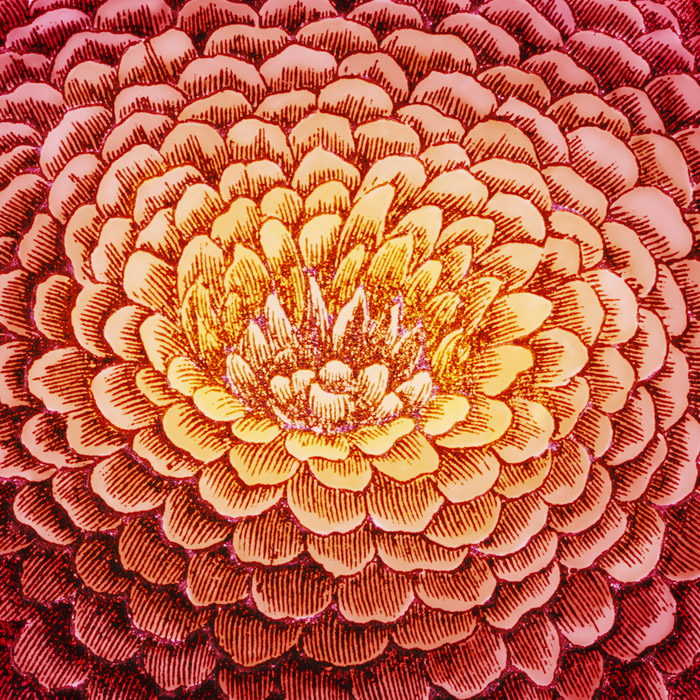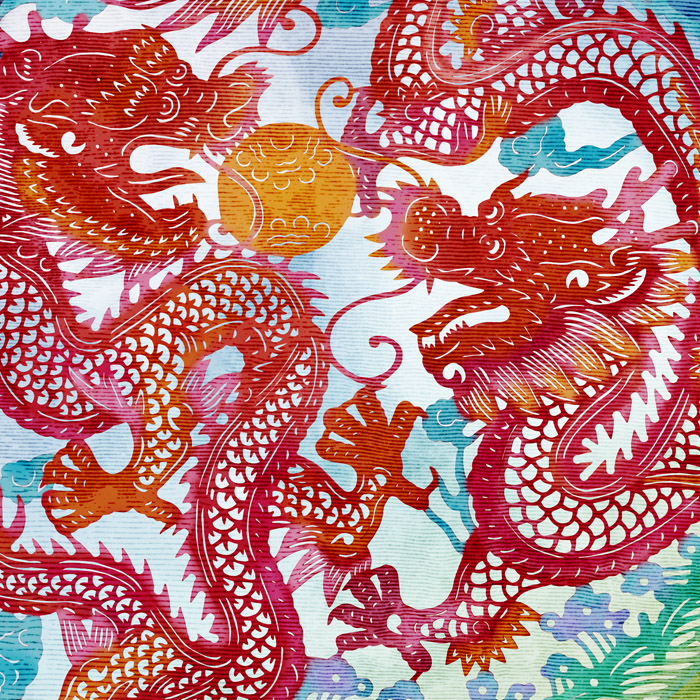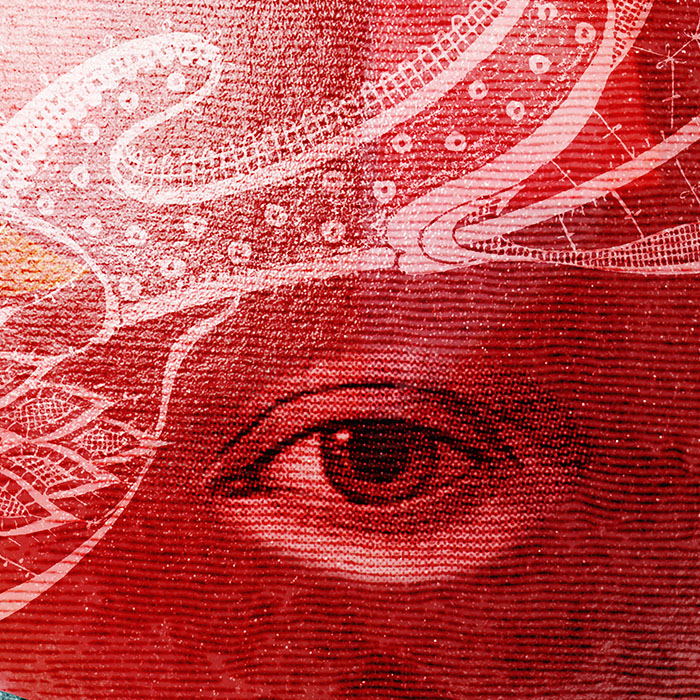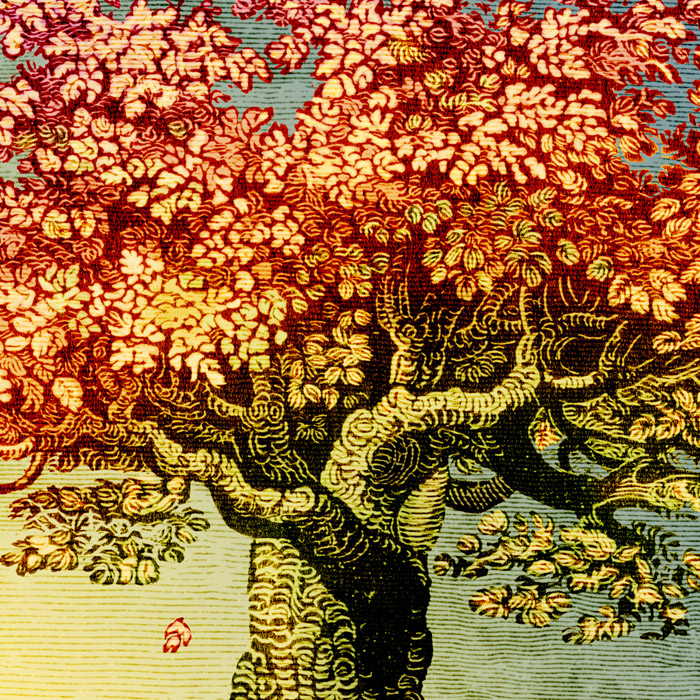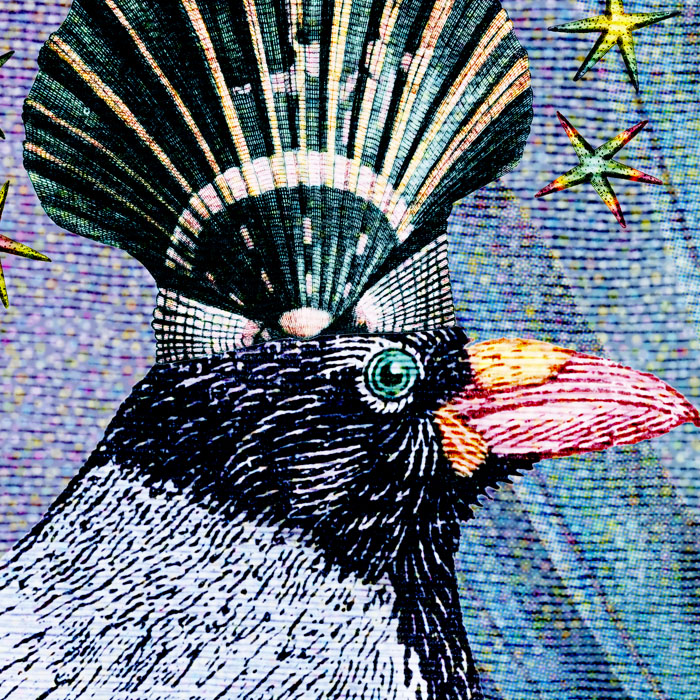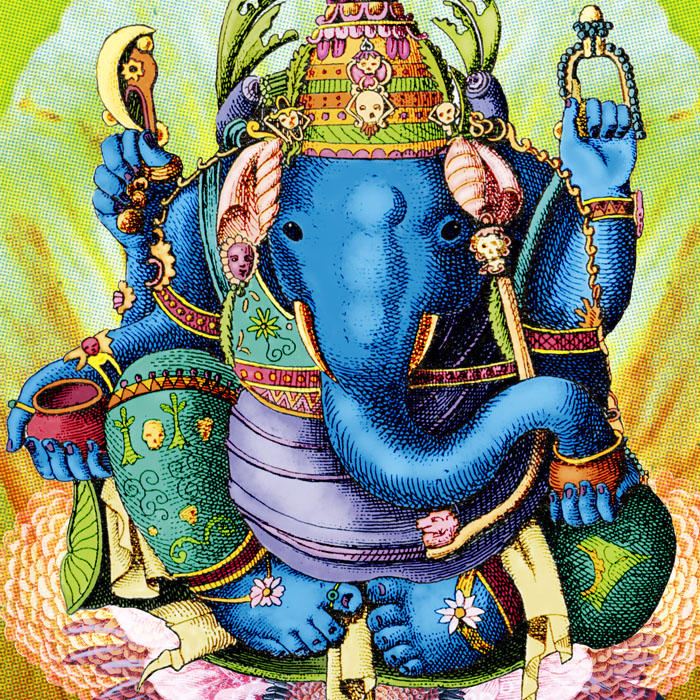It seems to me that everybody worries about something. My husband seems fairly immune to worry most of the time but there are odd scenarios that will trigger him into bouts of wakeful nights and negative thought-attacks. Fortunately we aren’t triggered by the same things, so when he’s tangled up, I’m free, and vice versa. We don’t go down the tubes together.
I’ve been looking lately at the phenomenon of worry, because I feel as though I can’t take it any more. I want to clearly understand what it is and whether or not it has any relationship with concern or caring, or whether it is what it feels like: a useless attack upon the self—a painful and damaging waste of energy.
My mother was a worrier—anxious most of the time and plagued by obsessive negative thoughts. She had two modes when faced with life-challenges: worry, and a weird, callous refusal to care. I see now that the latter was a defense against the former. She was trying to save herself from the anxiety within her own mind by switching into not-caring mode.
For her, to care meant to worry, so the only remedy for the anxious, sleepless nights, aside from valium, was to stop caring. Maybe many of us feel this way, at least in some areas.
What this basically means is that we believe we have to torment ourselves in order to be effective or have compassion. Perhaps this imagining-of-dire-scenarios started out as a positive, useful way to work with the dangers of the physical environment when we were cave-people. But then, like so many human tendencies, we took it to extremes. It got away from us.
So what is worry? Worry is fear-and-preoccupation. It’s resistance to what is. It’s a continual playing of fearful mental movies which keep the mind tangled up in imaginary reactions to something that seems to be happening outside of us.
As Abraham Hicks says, “Worrying is using your imagination to create something you don’t want.”
I know this, I do. Yet there are times when I feel utterly attacked by worry—as though it’s an invading army, and I can barely get on top of it. Since I became a grandmother, the whole game has ramped up, rather than subsiding as I’d hoped it would. Or maybe I’m just more aware of it.
Whatever the reason, I’m tired of it. I’ve had enough. I want to get to the bottom of this phenomenon to the point where I can dissolve that invading army with the power of awareness. I want desperately to just stop it.
Here’s what I’ve unpacked so far:
Worry is not good for the object of worry. I believe that this is true even when the worry is not verbalized. We are all, at our roots, telepathically connected. Telling someone “I’m worried about you” is a weakening, undermining thing to do. It’s the ego saying “I’m afraid and I want you to be afraid, too. Join me in fear, won’t you?” Or “Stop what you’re doing so I don’t have to be afraid any more. Please take responsibility for my emotions, since I don’t seem to be able to.”
Worry is not good for the worrier. How can something that is utterly detrimental to our physical and mental health be good on any level?
Worry creates, but it’s not so much about the content. Worry will use any content it can get its hands on. It will grab any ratty old thing from from your memory bank that can evoke a fear response. Have you ever wondered why so many of the things we worry about don’t happen? Part of the answer may be that we can only worry about one thing at a time, and our powers of concentration are not great. Each worry tends to subside on its own as it’s replaced by the next one. It’s the problem-imperative. We’d have to worry about the same thing for quite a while in order to create a precise physical manifestation.
The creative goal of worry, if I were to personify that invading army, is to create a false, temporary self to defend against the invasion—one that is totally identified with fear-and-preoccupation. That’s what it creates. It creates a state in which we narrow down our focus and project it into future imaginings, forget the present moment, and become lost in our fearful mind-movies. This is a state of powerlessness, of seeming victimhood. That’s what it creates. It is a mechanism via which the ego creates its fearful me-against-the-world sense of self.
Worry asks us to do something in order to eliminate the worry. This is how it tricks us. It creates fear in the imagination and then the very same level of mind that is creating the fear, tells you what you have to do to eliminate the fear—when in truth the entire problem is this painful level of mind—the one creating the fear. Worry, which wants to continue existing, is giving you advice ostensibly designed to eliminate its existence—when in truth it will strengthen it instead, at your expense.
Go here, speak to so-and-so, take this medicine, bring the wagons in a circle, defend yourself, fix this. None of this can ever work because there is no solution at this level of mind. Defending yourself weakens you and strengthens the fear so the cycle starts all over again.
As my favorite quote from Leonard Jacobson says: “It is better to remain in a state of not knowing than to go into the mind in search of an answer.”
Worry is fear. Bottom line. It is not love. It is not caring. It is not compassion or empathy. It is fear in a particularly pernicious form. Dealing with it takes skill and mindfulness.
The solution. The problem is never the actual content of the worry. It is never the content of the fear-and-preoccupation. It is the level of mind. It is the thinking mind trying to keep us snagged within its fearful labyrinths that is the actual problem. It’s not evil, but everything that exists wants to keep existing.
The only solution is to rise above thinking.
This, however, is very difficult to do at 2 a.m. when the mind-gremlins are shooting flaming arrows over the ramparts of your psyche.
Rising above this level of mind is the answer. But here’s what happens when you first try to rise above, quiet your mind, and surrender to the present moment. Or when you first say, “thy will be done,” or whatever mantra helps you disengage the thought stream and let go.
Let’s say, as an example, you’re worried about the results of a loved one’s biopsy and it’s tormenting you in the middle of the night. When you first try to quiet your mind and stop fighting what is—when you first begin to rise above this level of worry—you pass through a layer in which the worry will threaten you cruelly, by telling you that if you stop worrying, what you fear most will definitely occur.
The fear-mind will try to get you to believe that what you are surrendering to is the situation you are worried about. That your surrender will create the worst outcome. That you must continue to worry or it will actually happen. It does not want you to withdraw your energy from this level of mind because your energy is keeping it alive.
Rising above means you have to be aware of this trick and not fall for its bullshit.
Surrender means overlooking the loud, cruel threats of the worried mind, in order to get to a different level of mind.
Truth never threatens. Worry threatens. Fear threatens. Truth never threatens because it cannot BE threatened. Who we truly are, our real identity, cannot be threatened and therefore never uses fear as a tool, ever.
As Byron Katie says, “When a thought hurts, that’s the signal that it isn’t true.” Worry hurts, threatens and punishes, that’s obvious. Coming out of worry when it has got you by the short hairs may take some persistence, but it can be done.

